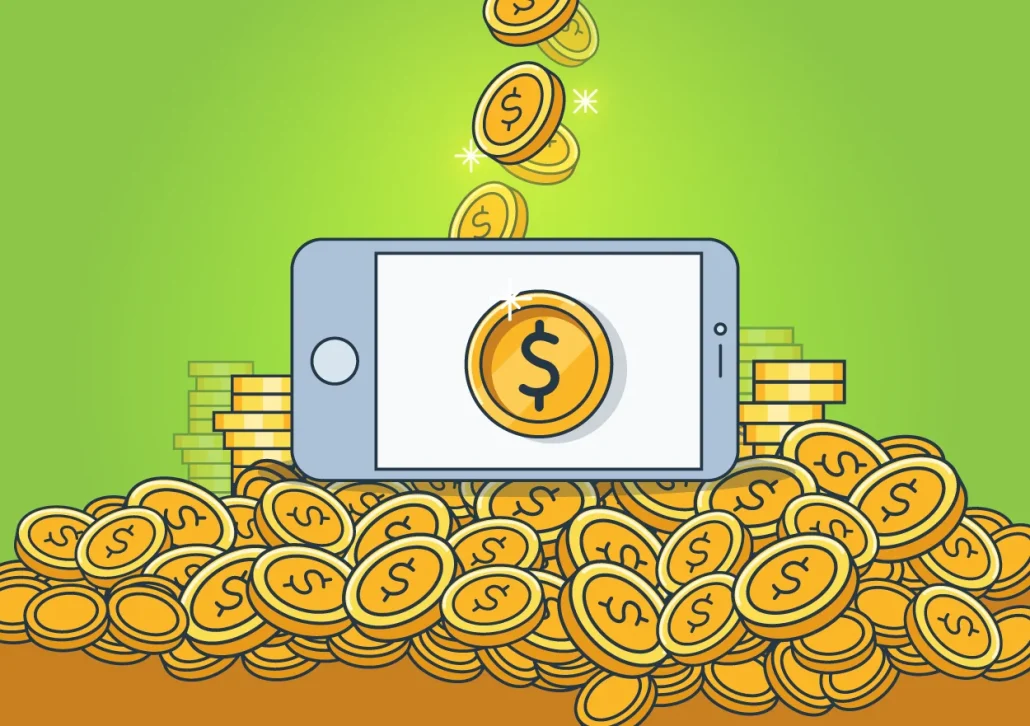Welcome to the dynamic world of video game monetization, where developers and publishers employ various strategies to generate revenue from their creations. In this comprehensive guide, we will delve into the concept of video game monetization, exploring its types, significance in the gaming industry, impact on game design elements, and future trends. As the gaming landscape continues to evolve, understanding and effectively implementing monetization models have become essential for developers and publishers alike.
Understanding the Concept of Video Game Monetization
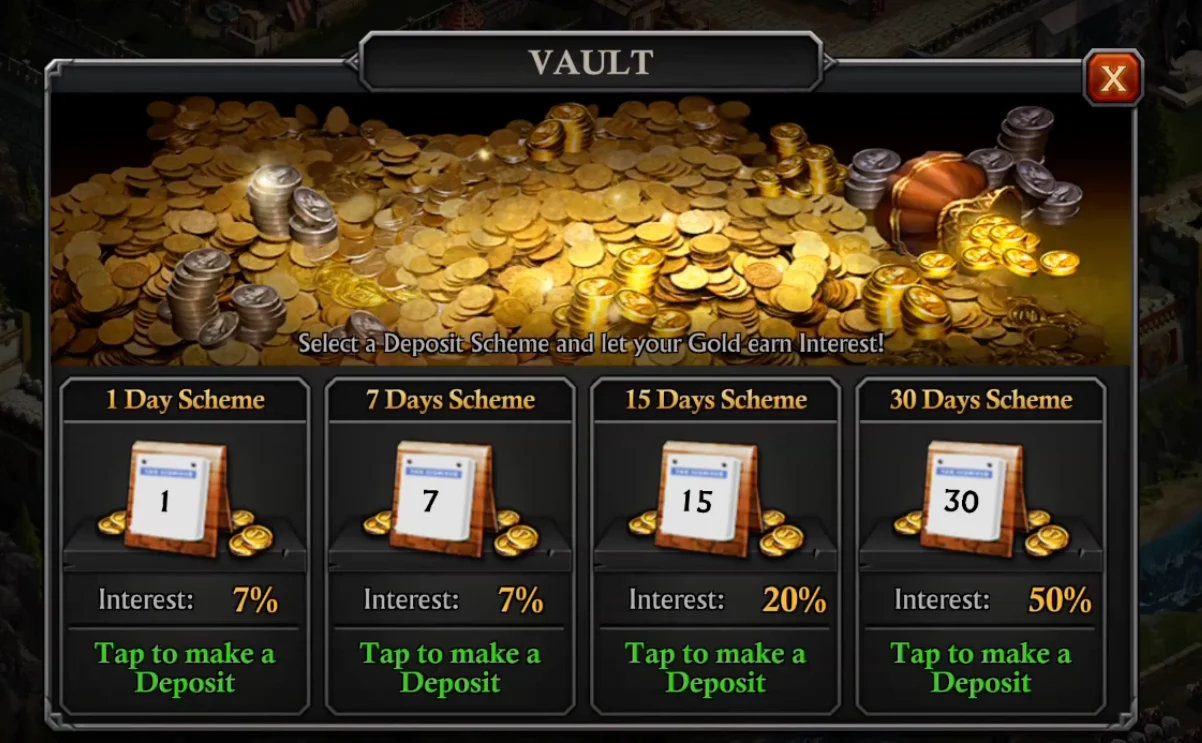

In the vast and ever-evolving world of video games, monetization plays a vital role in shaping the industry. Video game monetization refers to the strategies and techniques developers and publishers employ to generate revenue from their games beyond the initial purchase price. It involves implementing various models and mechanisms to encourage players to spend money within the game, supporting ongoing development, content creation, and sustainability.
Understanding the concept of video game monetization is crucial for game developers, publishers, and even players. It encompasses various approaches, such as in-app purchases, subscriptions, advertisements, downloadable content (DLC), virtual currency, and more. Each model offers unique benefits and challenges, requiring careful consideration and implementation to balance generating revenue and providing an enjoyable gaming experience.
Effective video game monetization involves finding the right equilibrium between player engagement and financial success. Developers must carefully design and implement monetization systems that enhance gameplay, provide value to players, and maintain a fair and ethical approach. It is a delicate dance that requires an understanding of player preferences, market trends, and the evolving landscape of the gaming industry.
Types of Video Game Monetization Models
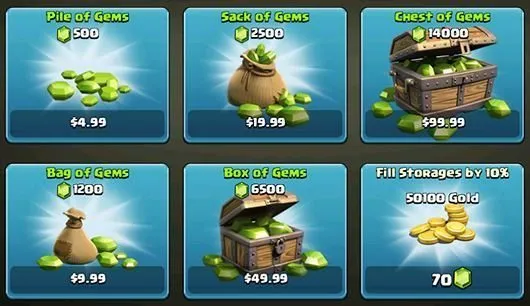

In video game monetization, various models and strategies are employed to generate revenue and support ongoing development and content creation. Here are some of the most common types of video game monetization models:
- In-App Purchases: This model allows players to make purchases within the game, such as unlocking additional levels, acquiring virtual goods or currency, or accessing special features. In-app purchases can be consumable (used once and depleted) or durable (permanent).
- Subscriptions: Some games offer subscription-based models where players pay a recurring fee to access premium content, exclusive features, or enhanced gameplay. Subscriptions often provide a continuous revenue stream and can foster long-term player engagement.
- Advertising: In-game advertising involves displaying advertisements during gameplay, either through banner ads, video ads, or product placements. Ad revenue is generated by partnering with advertisers or ad networks, and it can be a lucrative monetization strategy, particularly for free-to-play games.
- Downloadable Content (DLC): DLC refers to additional content that can be purchased and downloaded after the initial game release. It can include expansion packs, new storylines, characters, maps, or cosmetic items. DLC allows developers to extend the lifespan of a game and generate additional revenue.
- Virtual Currency: Many games feature virtual currencies that can be earned or purchased with real money. Players can then use this currency to buy in-game items, customization options, or upgrades. Virtual currency provides a flexible and versatile monetization model.
- Loot Boxes: Loot boxes are randomized virtual containers that players can purchase, containing a range of in-game items, from common to rare. This model has garnered attention and debate due to its resemblance to gambling mechanics and potential impact on player spending.
- Crowdfunding: Some game developers turn to crowdfunding platforms to finance their projects. They offer exclusive rewards or early access to backers in exchange for financial support. Crowdfunding allows developers to fund their games while building a community and generating pre-release buzz.
Each monetization model has its advantages and considerations, and game developers often combine multiple models to create diverse revenue streams. Developers must balance providing value to players and generating revenue while maintaining a positive player experience.
The Importance of Monetization in the Gaming Industry
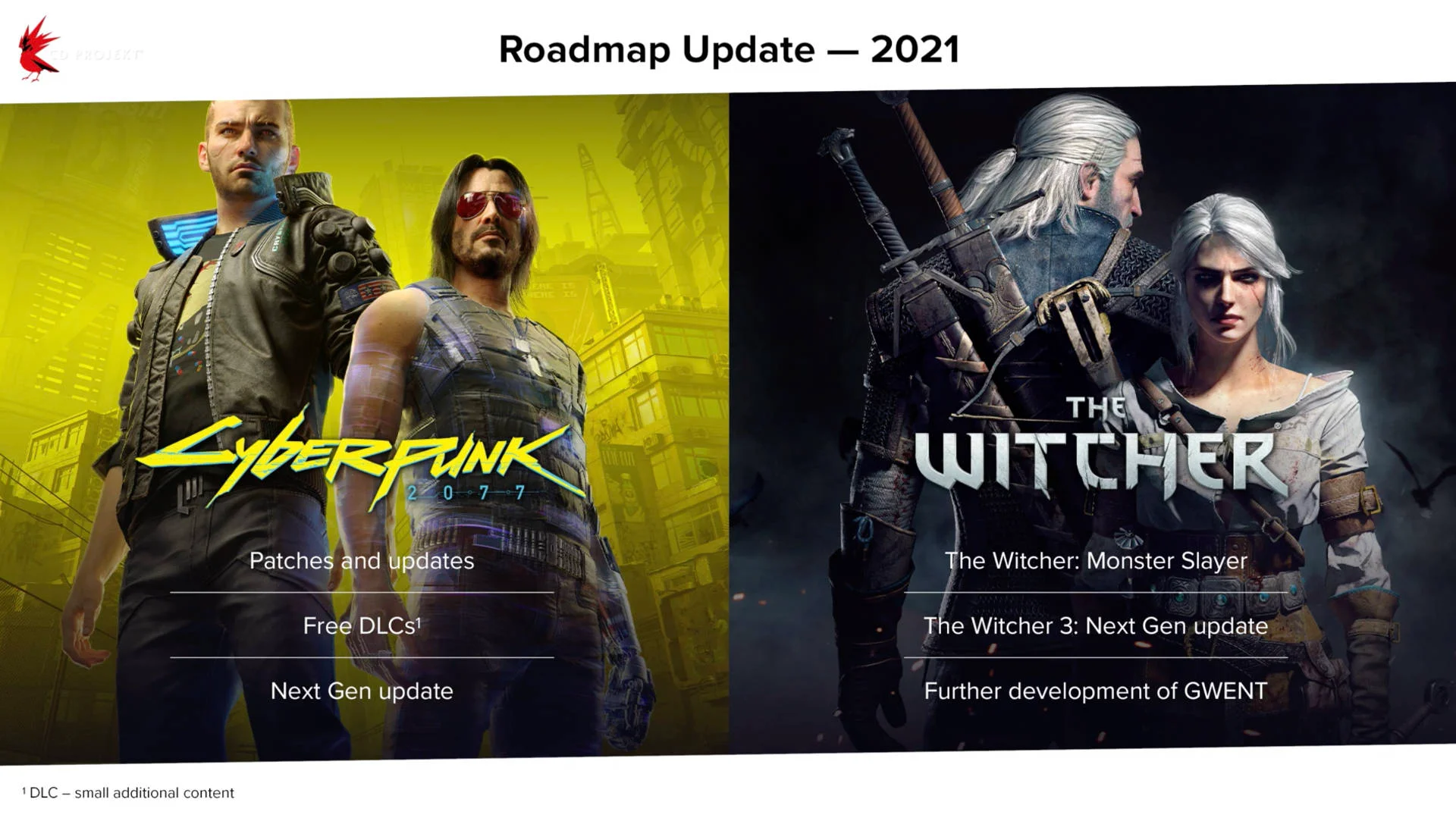

Monetization plays a vital role in the gaming industry. It is a crucial financial mechanism that enables game developers and publishers to sustain their operations, fund ongoing development, and deliver engaging gaming experiences to players. Here are some key reasons why monetization is important in the gaming industry:
Sustainable Game Development
Developing high-quality games requires significant time, resources, and talent investments. Monetization provides the necessary revenue stream to support the development process, covering expenses such as salaries, equipment, software licenses, marketing, and other operational costs. Game development and Game outsourcing studio may struggle to create and maintain games of the desired quality and scope without a reliable monetization strategy.
Content Creation and Updates
Monetization allows developers to continue producing new game content, updates, and expansions. It provides the means to enhance gameplay experiences, introduce fresh features, expand the game world, and respond to player feedback. Regular content updates and expansions keep players engaged and satisfied and attract new players, increasing revenue opportunities.
Innovation and Risk-Taking
Monetization enables game developers to take creative risks and innovate in game design. It provides a financial cushion allowing experimentation with new gameplay mechanics, art styles, storytelling techniques, and technological advancements. By monetizing their games effectively, developers can explore new ideas and push boundaries, creating unique and memorable gaming experiences.
Supporting Diverse Business Models
Monetization strategies support various business models, such as free-to-play, premium, or a combination. This allows developers to cater to different player preferences and market segments. Monetization models like in-app purchases, subscriptions, or advertising enable developers to offer games for free or at a lower upfront cost while generating revenue through optional or complementary purchases.
Industry Growth and Economic Impact
Monetization fuels the growth of the gaming industry, which has become a significant economic force worldwide. The revenue generated through monetization contributes to job creation, technological advancements, and the overall economic impact of the gaming sector. It enables developers to continue pushing the boundaries of game design and technology, driving innovation and shaping the future of interactive entertainment.
Game developers need to strike a balance between effective monetization and player satisfaction. Developers can create sustainable monetization models that benefit their business and the gaming community by offering compelling experiences, transparent monetization practices, and a focus on long-term player engagement.
The Impact of Video Game Monetization on Game Design
![]()
![]()
The impact of video game monetization on game design is significant, as it influences the way games are developed, structured, and experienced by players. Here are some key ways in which monetization shapes game design:
- Designing for Engagement: Monetization often relies on player engagement and retention. Game designers must create compelling game experiences that keep players in the game longer. This includes designing captivating levels, challenging mechanics, and rewarding progression systems that encourage players to continue playing and potentially spend money on in-game purchases.
- Balancing In-Game Economies: Monetization introduces in-game economies, where players can earn or purchase virtual goods, currency, or items. Game designers must carefully balance these economies to ensure a fair and enjoyable player experience. They must consider the value of in-game purchases, the rate at which players can acquire virtual currency, and the impact of these purchases on gameplay progression. Balancing these elements is crucial to maintain a positive player experience and avoid creating pay-to-win scenarios.
- Integrating Monetization Mechanics: Game designers must strategically integrate monetization mechanics into the gameplay experience. This can include offering cosmetic items, additional levels or content, time-saving boosts, or other premium features. These mechanics should seamlessly fit into the game’s design without feeling intrusive or hindering the overall gameplay experience. The goal is to provide value to players who choose to spend money while ensuring that non-paying players can still enjoy the game.
- Longevity and Live Service Models: Monetization has led to the rise of live service models, where games receive ongoing updates, content releases, and community engagement. Game designers must plan for long-term engagement by designing content pipelines, events, and updates that keep players interested and willing to spend money over time. This approach allows for continuous revenue generation and supports the sustainability of the game.
- Player Feedback and Iteration: Successful monetization strategies involve understanding player preferences and adapting game design accordingly. Game designers must actively listen to player feedback, analyze player behavior, and iterate on monetization mechanics to create a positive and rewarding experience. This iterative process helps refine the game design, optimize monetization strategies, and maintain a healthy relationship between the game, the players, and the revenue generated.
Ultimately, the impact of video game monetization on game design is a delicate balance between generating revenue and providing enjoyable experiences for players. Game designers must prioritize player satisfaction, fairness, and transparency while implementing monetization mechanics to ensure that games remain engaging, accessible, and successful in the evolving landscape of the gaming industry.
Monetization and Indie Game Development
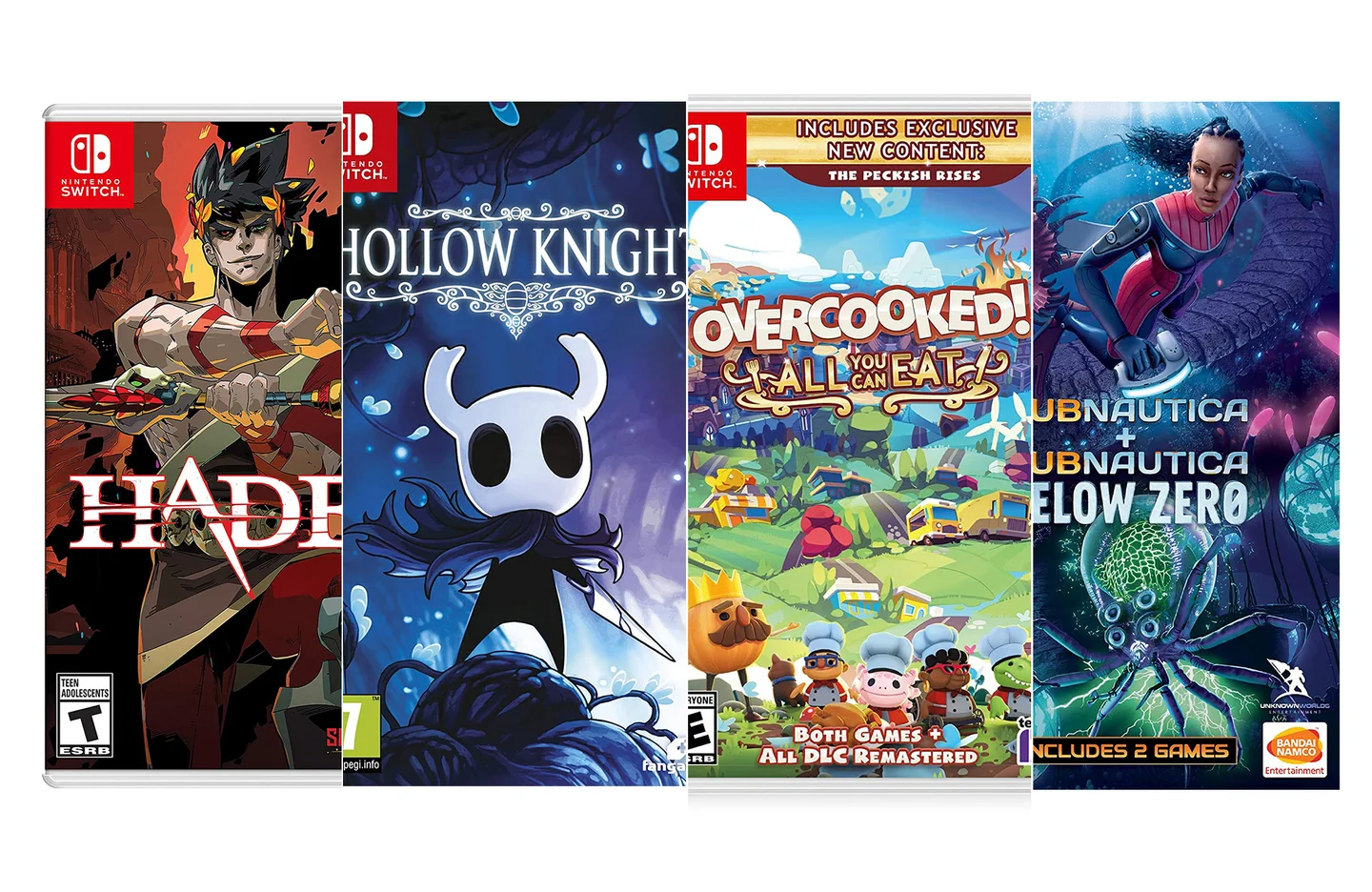

Monetization is crucial in developing indie games, enabling independent developers to generate revenue and sustain their creative endeavors. Here are some key aspects of monetization in the context of indie game development:
- Financial Viability: For indie developers, monetization is often essential for funding development and covering operational costs. By implementing effective monetization strategies, indie game developers can generate income to continue creating games, investing in resources, and supporting their teams.
- Diverse Monetization Models: Indie developers can explore various monetization models to suit their games and target audience. These models can include one-time purchases, in-game advertisements, in-app purchases, subscriptions, or crowdfunding campaigns. Indie developers can choose the approach that aligns with their game’s concept, player expectations, and revenue goals.
- Balancing Revenue and Player Experience: Indie game developers strive to balance generating revenue and ensuring a positive player experience. They understand the importance of offering fair and ethical monetization practices that do not compromise gameplay integrity or create pay-to-win scenarios. Indie developers often prioritize providing value to players through meaningful content, engaging experiences, and optional monetization options that enhance rather than hinder the gameplay.
- Community Support and Engagement: Monetization can also involve fostering a supportive and engaged community around indie games. Indie developers often rely on community feedback, crowdfunding campaigns, early access programs, and player-driven content creation to generate revenue and build a dedicated player base. By cultivating a strong relationship with the community, indie developers can foster loyalty, encourage word-of-mouth marketing, and create a sustainable revenue stream.
- Creative Freedom and Innovation: Monetization in indie game development allows for creative freedom and innovation. Independent developers can experiment with unique monetization ideas, explore unconventional revenue streams, and take risks that may not be possible in larger studio settings. This freedom enables indie games to stand out in the market and attract players who appreciate fresh and inventive approaches to monetization.
In the indie game development landscape, monetization is not just about generating revenue; it is about finding sustainable ways to support the creative vision, connect with players, and foster the growth of independent studios. By implementing thoughtful monetization strategies, indie developers can continue to thrive, create memorable gaming experiences, and contribute to the vibrant and diverse gaming industry.
Future Trends in Video Game Monetization
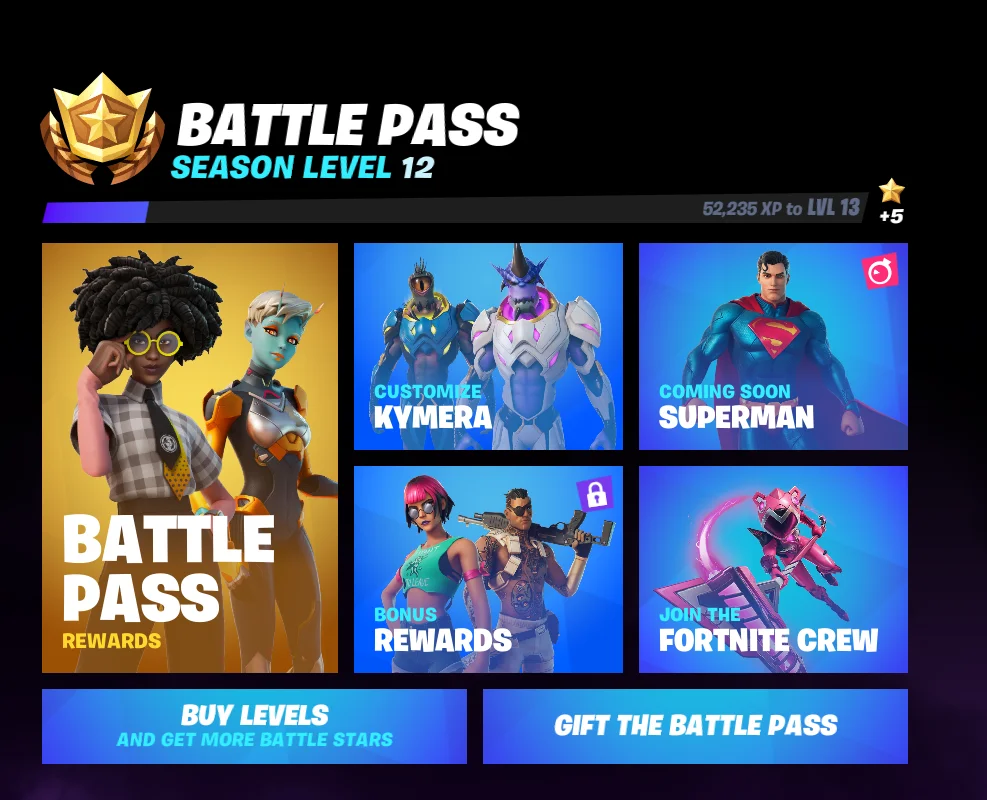

As the gaming industry continues to evolve, several future trends in video game monetization are emerging. These trends shape how games are monetized and influence the player experience. Here are some key future trends to consider:
- Live-service and ongoing content updates: Games are increasingly adopting live-service models, where developers provide regular content updates, expansions, and events to keep players engaged and willing to spend on in-game purchases. This approach allows for continuous monetization opportunities and encourages player retention over an extended period.
- Subscription-based models: Subscription-based services are gaining popularity, offering players access to a library of games for a recurring fee. These models provide a steady revenue stream for developers and offer players a cost-effective way to enjoy various games. With the growth of cloud gaming services, such as Xbox Game Pass and PlayStation Now, subscription-based models are expected to become more prevalent.
- In-game advertising innovations: In-game advertising is evolving with more targeted and personalized approaches. Advertisements can be integrated seamlessly into the game environment, creating non-intrusive experiences. Additionally, the rise of influencer marketing and partnerships between game developers and brands opens up new avenues for advertising within games.
- Player-driven economies: Games incorporating player-driven economies, such as virtual marketplaces or player-to-player transactions, provide opportunities for players to buy, sell, and trade in-game assets. This trend allows players to monetize their gameplay and creates a new revenue stream for developers through transaction fees or the sale of virtual goods.
- Cryptocurrency and blockchain integration: The integration of cryptocurrencies and blockchain technology in video games is gaining traction. These technologies enable secure and transparent transactions, ownership of virtual assets, and unique experiences like play-to-earn mechanics, where players can earn cryptocurrency or digital assets through gameplay.
- Cross-platform and mobile monetization: With the increasing prevalence of mobile gaming and the growth of cross-platform play, developers are exploring monetization strategies that span multiple platforms. This includes offering consistent in-game purchases, subscriptions, or cosmetic items across different devices to maximize revenue potential and cater to a broader player base.
- Social and community-driven monetization: The power of community and social interaction in games is harnessed for monetization. Developers are exploring ways to integrate social features and user-generated content platforms that allow players to create and sell their own game assets, levels, or modifications, providing additional revenue streams for both players and developers.
Conclusion
Video game monetization plays a pivotal role in the gaming industry, driving revenue generation and shaping the design and development of games. Understanding the concept of monetization, exploring different models, and recognizing its impact on game design is crucial for developers and players alike.
Video game monetization is a dynamic and ever-evolving aspect of the gaming industry. By embracing responsible monetization practices, developers can balance generating revenue and providing enjoyable gaming experiences for players, ensuring a thriving and sustainable gaming ecosystem.

